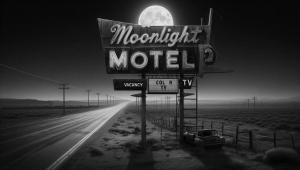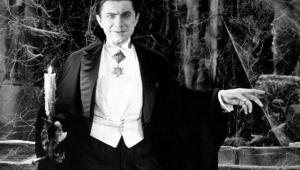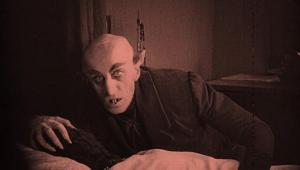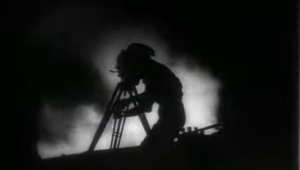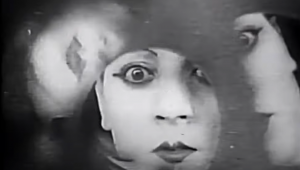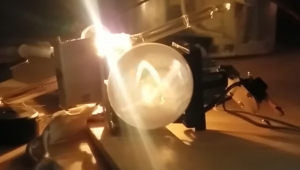The best drywall contractor in charlotte absolutely agree! Dracula from 1931 is indeed a timeless gem.
Drácula: Yo Nunca Bebo.... Vino

We recently discussed some of the irregularities of the original Dracula movie. In particular, the movie differs considerably from the novel, mainly because the screenplay was largely derived from a stage play. Essentially, rather than trying to adapt a long and complex novel, the play offered a much shorter and easier template for the filmmakers. In any case, the film became an instant classic.
While Dracula is a cultural icon, a film called Drácula is almost forgotten. It has many similarities to Dracula, but it's also very different in many ways. In particular, Drácula is a Spanish-language version of the film with a different cast and crew. You see, it had been easy, and cheap, to insert foreign-language intertitle cards in silent films for their distribution in foreign-language markets. But the advent of talkies posed a problem because the art and technology of dubbing was still underdeveloped. So, for a brief time, Hollywood studios sometimes produced Multiple-Language Version (MLV) films, starring foreign actors speaking in a foreign language. Hence, Drácula
While shooting Drácula, the foreign-language cast and crew would work in the evening, using the same sets that the English-language production using during the day. The film's director, George Melford (an American who spoke no Spanish), reviewed the dailies that had been shot by the English-language director Tod Browning. Crucially, the role of Conde Drácula was played by Carlos Villarías instead of Bela Lugosi. While well received by contemporary film critics (even Lugosi praised it as “beautiful, great, splendid”) the movie was a box office disappointment, and was one of the last MLV films for Universal. Instead, increasingly, English-language movies were dubbed into other languages.
Like so many other early films, Drácula passed into obscurity, and was considered to be a lost film. However, in the 1970s, a badly damaged print was found in a warehouse in New Jersey; the movie was screened by the Museum of Modern Art in New York in 1977. Subsequently in the 1990s, a print in good condition was found at the Cinemateca de Cuba, Havana. This print has been restored and is coming to Blu-ray, alongside its American brother.
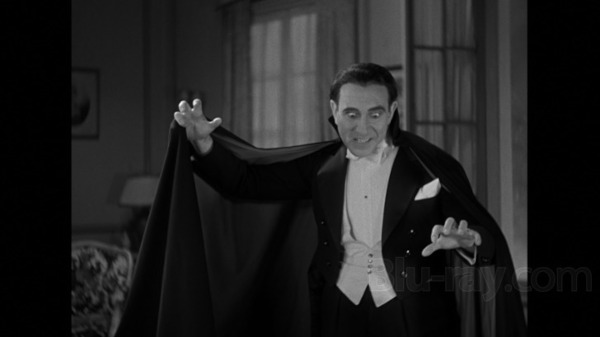
The question naturally arises: Which version is better? Of course, the answer depends on who you are asking. Some critics complain that the English version is stodgy and too obviously reveals its stage-play origins. And, while the film is tightly edited and fast paced, this cutting also creates plot holes and loose ends. In comparison, some critics contend that the Spanish version is more fluid, with better cinematography and editing. Moreover, the Latino actors seem more engaging; in particular, leading actress Lupita Tovar is often praised. And, the film is 29 minutes longer; this allows inclusion of details and the resolution of several story lines.
However, it is universally agreed that there is one department where Drácula falls short, and that is in the lead role. Without question, Lugosi's immortal performance is the secret sauce, and his absence is palpable. According to some sources, Melford did not allow his Latino cast to view the English-language filming, but made an exception for Villarías; some critics believe that as a result, he tried to imitate Lugosi's portrayal, to his detriment. With all due respects to Señor Villarías, we know Dracula, and he's no Dracula [obscure Lloyd Bentsen reference].
A bit of trivia: Dracula and Drácula were made in 1931 — the early days of talking films when many cinemas had not yet installed sound systems. So, there was a third version of the film — a silent Dracula with English intertitles that was sent to those theaters. And here is the interesting question: Was there also a fourth version — a silent Drácula with the Spanish intertitles?
Whether he's waxing poetic in a silent film, a talkie, a stage play, or a novel, we'll let the Conde himself have the last word.... [oyendo a los lobos aullar a lo lejos].... Escúchalos. Hijos de la noche. Qué música hacen.
- Log in or register to post comments


Dracula truly is classic and awesome just like hair bow clips which are still used nowadays.

"With our immersive excursions, discover Book Dubai Tours allure. Discover the lavish buildings, rich cultural legacy, and desert treasures of the city. With everything from exhilarating safaris in the desert to captivating views of the city skyline, our guided tours provide an amazing trip around this vibrant city. Plan your trip to Dubai now to create priceless experiences."

Is there no way to keep these d-bags off S&V?
Back to the subject at hand. Supposedly there was a rough script for Dracula written in 1930. Closer to Nosferatu than the play, it was geared for Lon Chaney, Sr. who would have played the lead role had he not died that year. Basing the movie on the stage play (which starred Bela) simplified things for both Universal and Lugosi, who didn't have command of the English language when filming began.
As far as plot holes (and there are many), the most obvious centers on Lucy. Her return from the dead is 'mentioned' during a brief conversation between Mina and Van Helsing, and just as quickly forgotten. Another interesting guffaw is in every scene that takes place in Mina's bedroom, there is what appears to be a sheet of cardboard blocking the lamp by her bed. I must have seen this movie at least 20 times and never noticed it until someone pointed it out.
Many critics agree that overall, the Spanish version is the better film. There is actually very little 'horror' in the Lugosi film once they reach England. Both versions look very good in 4K on the UltraHD Universal Classic Monsters Icons of Horror Collection. It will be interesting comparing it to this new BD release. Now that the copyrights have expired on many of Universal's classic monster movies, I expect there will be more discs coming our way.

Dracula: Yo Nunca Bebo... Vino is a captivating and entertaining story that offers a fresh perspective on the classic Dracula legend. With its brilliant blend of comedy, mystery, and cultural elements, it's a show not to be missed on tubidy. The fresh perspective and engaging performance make it worthy of multiple viewings.

It's a must-watch movie. masonry contractor

This is awesome! Glad to visit this site. solar panel cleaning
